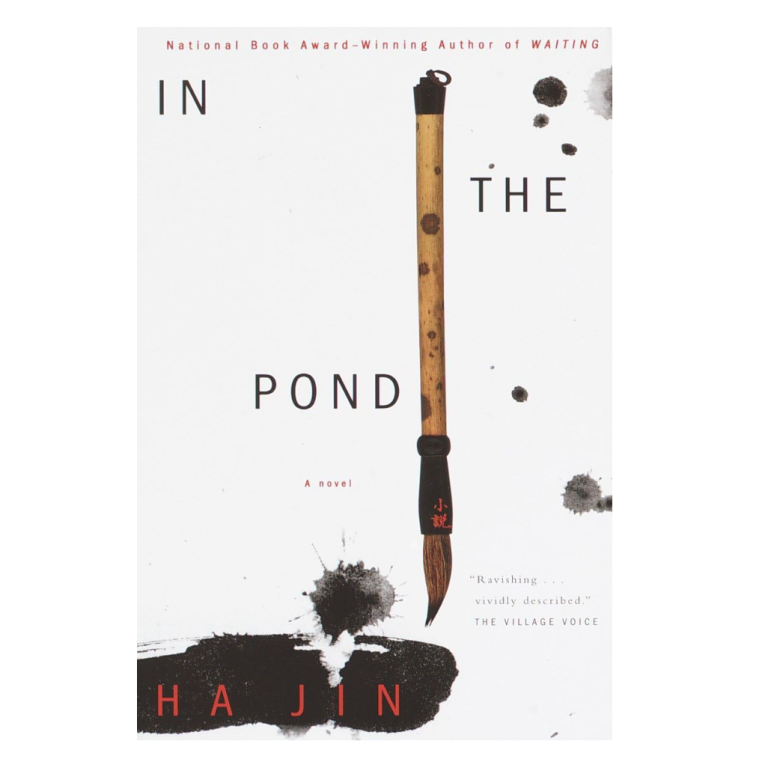When I was very young, I couldn’t tell my left from my right unless I was facing east.
True story.
I learned left from right at the same time as I learned direction. So, any time I wanted to tell which shoe was which, I had to first find east. Then, I could put my shoes on the correct feet. After a while, I got to where I could just imagine facing east, and could still tell which hand was which.
What does this have to do with writing? Probably not much.
A lot of people have heard the writing advice: “Show, don’t tell.” Often, this is quoted as a cardinal rule of writing, something that dictates every line you write. As anyone who has read some of my previous articles knows, what some people call writing rules are actually just tools for a particular effect.
Where did “Show, don’t tell” come from? Originally, it appears to have been popularized in the early twentieth century from advice for play writing (and influenced by a similar quote from Chekhov: “Don’t tell me the moon is shining; show me the glint of light on broken glass.”) Later, it was enthusiastically adopted by screenwriters, and then made its way to prose fiction.
So, were all stories that happened to be written before the 20th century garbage? Or did all the great earlier writers instinctively always “show” rather than “telling”? Is “showing” right and “telling” wrong? What does “showing” even mean in writing and how is it different than “telling”?
Generally speaking, showing something comes down to integrating what you want the reader or audience to know in the scene, rather than just giving out the information in the form of narrative or exposition. A classic example might compare the following:
Maya was mad.
versus:
Maya stamped her foot and turned her back.
This is a very simplistic example. In the first instance, the reader is told that Maya is angry, and receives that information, but in the second example, the reader gets to see that Maya is angry, to see how the character processes that emotion, and how that may affect the scene as it plays out. The reader or audience gets to experience Maya’s anger.
Just like my younger self, trying to immerse myself in the situation, literally facing myself to the east so that I could understand which way I needed to turn. (So, I guess it does have something to do with writing after all.)
And that is what “showing” does. It places the reader or audience in the moment, closer to the character’s experience. And, usually, that’s why people are reading a story, to immerse themselves in the character’s world.
So, that’s it, right? Showing puts your reader into the moment, and you want that. So always show, never tell, right?
Not so fast. While a lot of people interpret this as an iron rule, it’s important to consider what you are trying to do in that moment, and what your story needs. I’ve seen many helpful critique partners quickly reading through a piece of writing call out: “You’re showing here; you need to tell” without taking the time to consider what the writer is actually trying to do in the scene at the time.
Sometimes, as a writer, you don’t want to place your reader deeper into a moment. You may want to create a sense of distance with a character, or a feeling of dissociation.
Sometimes, you really do need to relay information that is relevant to understanding the scene, but you don’t want to distract from the primary action taking place, and interrupt your pacing. The reader may have already experienced a scene earlier, and your character needs to tell someone about it, or you just need to remind the reader, briefly, why it’s important.
Sometimes you want to plant something that will build later, and not draw too much attention in the moment. Sometimes, you can put in too many flashbacks, too much ponderous character action, add too much wordy weight in a scene that it doesn’t deserve.
It’s also important in all of this to remember that “showing” and “telling” is a matter of degree. I have seen both beginning and experienced writers get too wrapped up in trying so hard to “show” everything, and ending up with what I will call “purple action”:
Maya stamped her foot on the damp rug, sending tiny droplets of dirty water several inches into the air, causing the vibration to travel up her knee and making her over-sized belt buckle shimmer in Dave’s gaze. She flipped her hair over her shoulder as she spun on her other heel, facing away from Dave and his crumpling expression. Then, she stood, rigid, breath heaving as she listened to hear the hesitant shuffling of Dave’s feet approaching.
That sort of “purple action” is a lot for the reader to take in. It’s exhausting. It’s likely not realistic for Maya in the moment, or appropriate for the character.
Or, maybe it is, depending on the emotional significance of the scene. Again, it is important to consider exactly what you are trying to do and what your scene needs. Context is one thing you are signaling, here.
On the other extreme, I have also seen writers who are trying to write “like Hemingway” (who himself did not always write like Hemingway) not tell enough, writing stark scenes with little description or scene context, trying to leave everything under the iceberg or to their minimalist character action.
And this is also why “showing” (how far you bring your reader into the scene) and “telling” (the distance you place between your reader and the moment) is not a binary switch. It is a range of descriptive technique that you need to match to your story.
I eventually did learn to tell left from right without trying to relive the time that I learned them. It became background information, part of my character history and experience, not worth reliving in detail every time I went in search of a bathroom “down the hall and to the left”. Sometimes, “telling” is fine. Sometimes, we just need to know where the bathroom is so the story can continue.
And, remember, when you’re writing, no matter how much you try to bring your reader mentally and emotionally into your scene, at the end of the day, you are telling them the story.
- Submission Opportunities December 2025 - December 5, 2025
- The Epilogue…Interview: Lauren Wolk - November 25, 2025
- The Epilogue Interview: Gail Carriger - September 16, 2025
Sign up to our newsletter to receive new articles and events.




